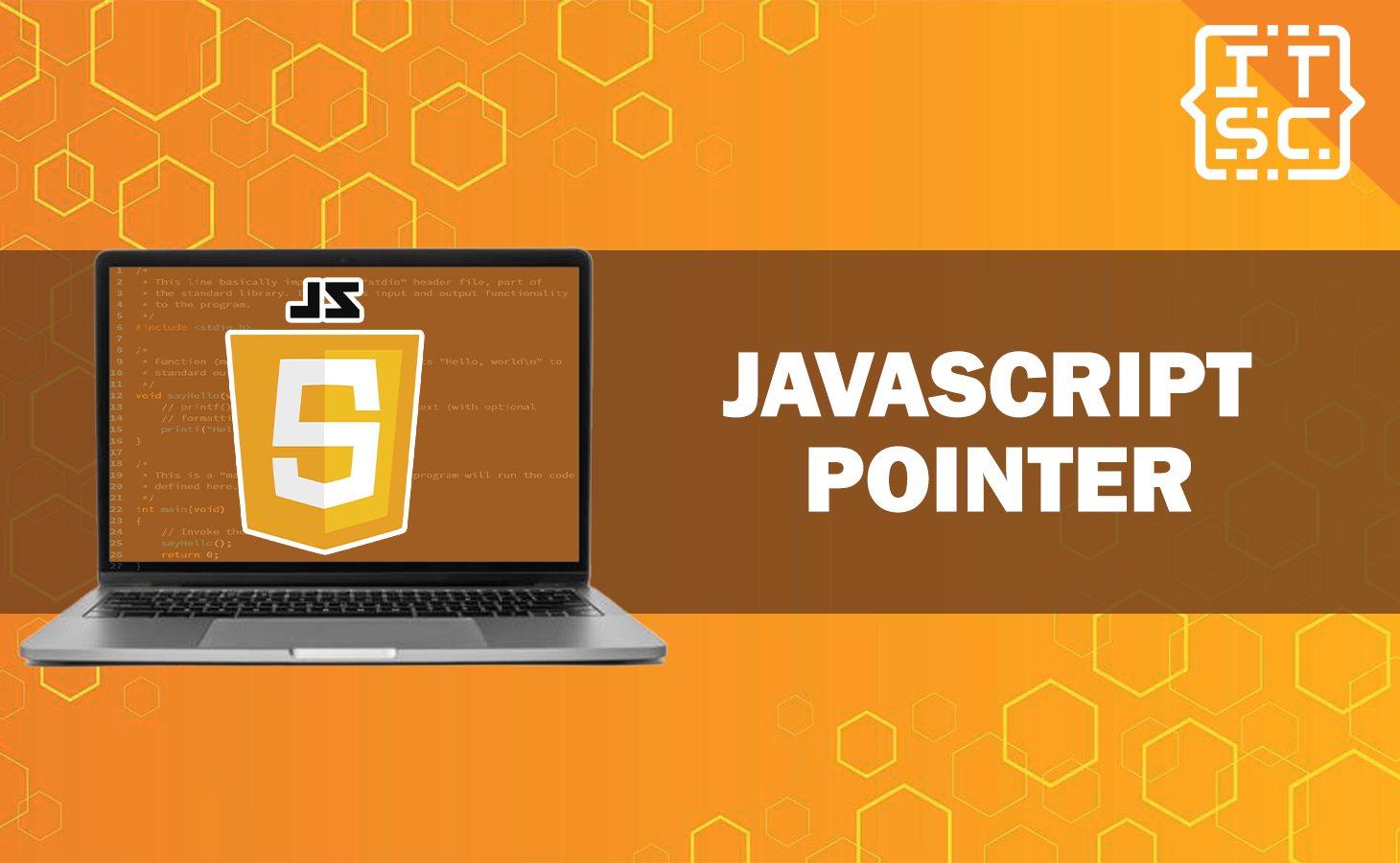Do you know how to utilize JavaScript Pointer?
In this article, we will explore the concept of JavaScript pointers and how they can be utilized to enhance your coding skills.
Since it is one of the essential features of JavaScript to manipulate data efficiently.
Therefore, let’s dive in and learn how to use JavaScript pointers effectively.
What is JavaScript Pointers?
JavaScript pointers are variables that store memory addresses. They allow direct access to the underlying memory, enabling efficient data manipulation and resource management.
While JavaScript doesn’t have explicit pointer types like low-level programming languages, it utilizes references to achieve similar functionality.
Pointers Initialization
In JavaScript, pointers can be declared and initialized using the let keyword.
For example:
let pointer;To initialize a pointer with a specific memory address, you can assign it using the address-of operator (&) or by directly assigning a reference:
let variable = 10;
let pointer = &variable;Why Pointers Matter in JavaScript?
Pointers are important in JavaScript since it provides a powerful way to interact with memory, enabling developers to perform low-level operations efficiently.
Though JavaScript handles memory management automatically through garbage collection, understanding pointers can help us optimize memory usage and improve performance.
How to Implement JavaScript Pointer
Once a pointer is initialized, you can access and manipulate the data at the memory address it points to.
To access the value, you can use the dereference operator (*):
let variable = 10;
let pointer = &variable;
let value = *pointer;Modifying the data is as simple as assigning a new value to the dereferenced pointer:
*pointer = 20;Pointer Arithmetic
Pointer arithmetic allows you to perform arithmetic operations on pointers. JavaScript handles pointer arithmetic automatically, based on the data type.
For example:
let numbers = [1, 2, 3, 4, 5];
let pointer = &numbers[0];
// Move the pointer to the next element
pointer++;
// Move the pointer to the previous element
pointer--;Pointers and Arrays
Pointers and arrays work closely together in JavaScript. When an array is declared, it automatically becomes a pointer to the first element of the array.
You can use pointer arithmetic to traverse the elements of the array:
let numbers = [1, 2, 3, 4, 5];
let pointer = numbers; // Equivalent to &numbers[0]
for (let i = 0; i < numbers.length; i++) {
console.log(*pointer); // Print the value at the current memory address
pointer++; // Move the pointer to the next element
}Pointers and Functions
Pointers can be passed as arguments to functions, allowing them to modify data directly.
This is particularly useful when working with large data structures or when performance optimization is required:
function increment(pointer) {
(*pointer)++;
}
let variable = 10;
let pointer = &variable;
increment(pointer);
console.log(variable); // Output: 11
Output:
11Pointers and Objects
JavaScript objects are stored by reference, making them behave similarly to pointers. Assigning an object to a variable creates a reference to the object’s memory address.
Modifying the object through the reference affects the original object:
let obj1 = { value: 10 };
let obj2 = obj1; // obj2 now references the same memory address as obj1
obj2.value = 20;
console.log(obj1.value); // Output: 20Output:
20Common Use Cases for Pointers
Pointers find applications in various scenarios, including:
- Working with dynamic data structures
- Interacting with low-level APIs and libraries
- Optimizing performance-critical code sections
To learn more about JavaScript functions here are other resources you can check out:
- JavaScript Check If String Is Number: Understanding the Basics
- How to remove numbers from string in JavaScript
Conclusion
Pointers in JavaScript enable efficient memory manipulation and optimized code execution.
By understanding their basics and appropriate usage, developers can harness the power of pointers to work with complex data structures and optimize performance.

